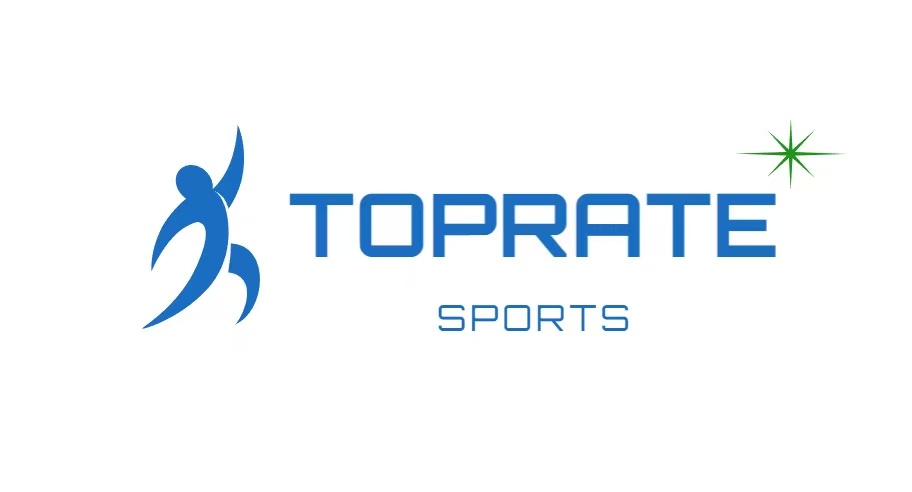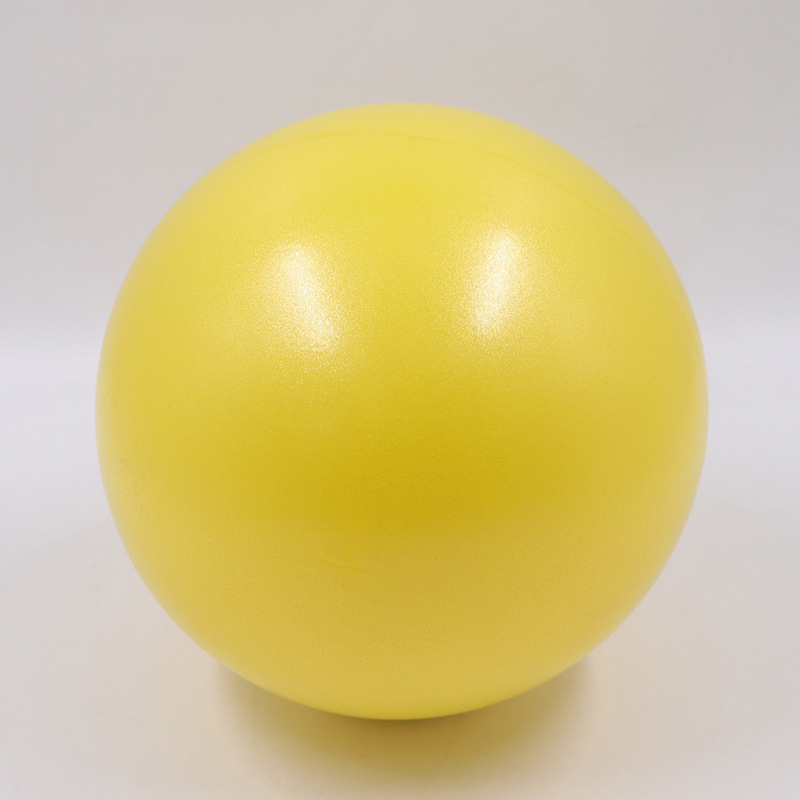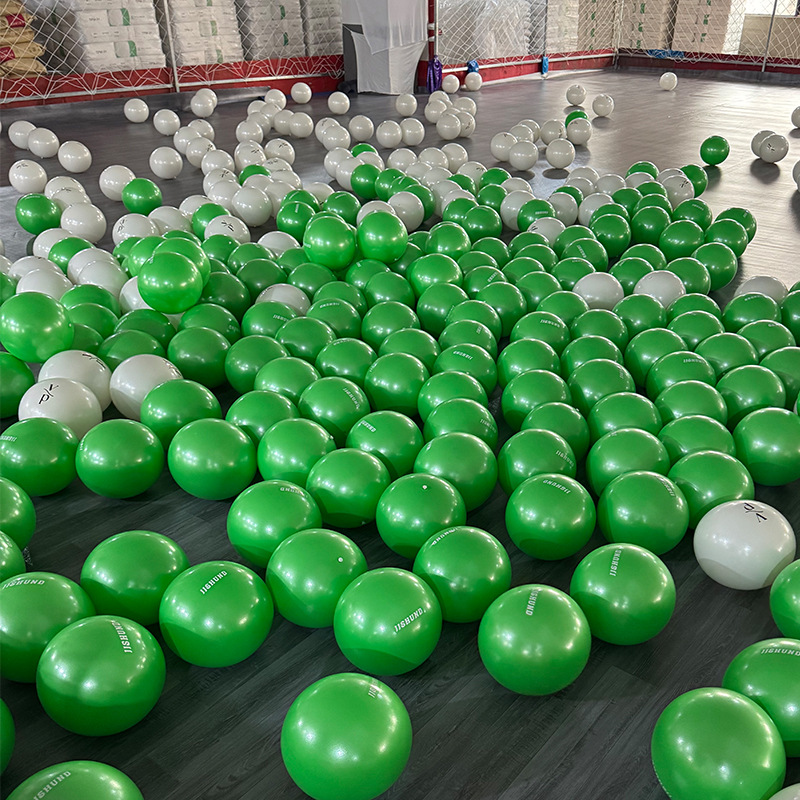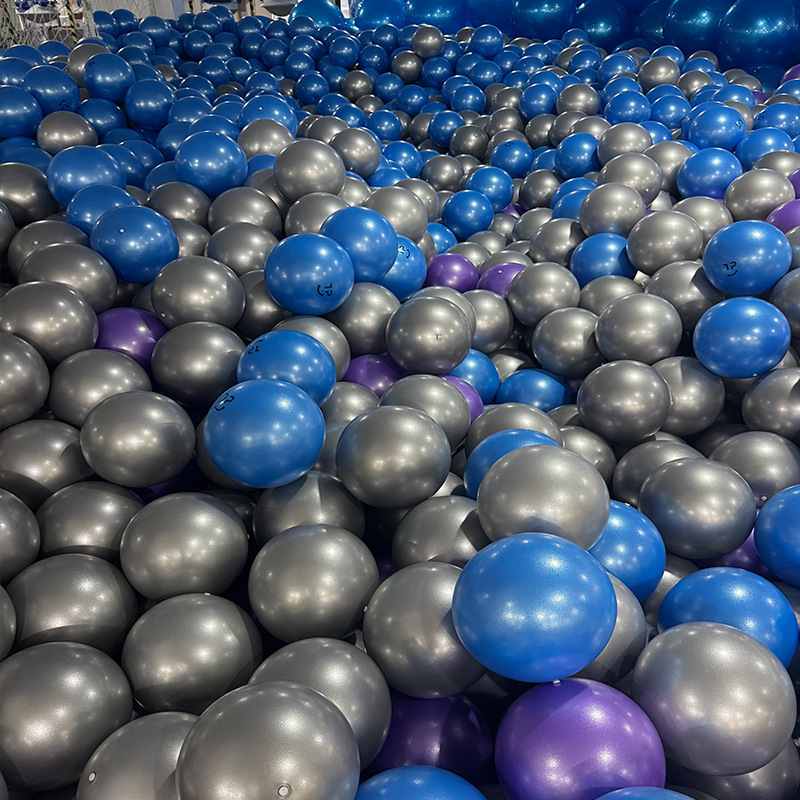The Origin and Background of Franklin Therapy Yoga Balls
Founder: Developed by Swiss sports scientist Eric Franklin in the 1990s, it integrates theories of dynamics, imagery training, and neuromuscular re education.
Design objective: Through precise positioning of small-sized spheres and guided by thoughts, improve body alignment and release deep fascial tension, especially in areas prone to rigidity such as shoulders, neck, and thoracic spine.
Differences from traditional yoga balls:
Smaller size: commonly used 4-inch (about 10 centimeters) and 6-inch (about 15 centimeters) balls instead of traditional 55-75 centimeter large balls.
Functional emphasis: Emphasize "image action coordination", activate body awareness through tactile feedback, rather than simply strength or balance training.
The physical characteristics and selection of yoga balls
1. Material and safety:
-Made of high elasticity PVC material, the surface is non slip and can withstand high-frequency pressing and rolling.
-No filling hard core, soft touch, avoiding compression of nerves or bones.
2. * * Size and purpose * *:
4 inches: mainly suitable for the muscles on the inner side of the scapula and adjacent to the cervical spine, used to release the tension of the trapezius muscle and improve the forward leaning posture of the head
6 inches: mainly applicable to the thoracic spine, sacroiliac joint, and plantar fascia. Used to correct hunchback with chest and relieve lower back pain
3、 Core functional principle
1. Neuromuscular re education:
By stimulating proprioceptors with precise pressure from the ball, the brain's perception of muscle tone is reshaped, and overactive tense muscle groups (such as the shoulder and neck trapezius muscles) are suppressed.
2. Imagery guidance enhances efficiency:
When practicing, it is necessary to combine visual instructions (such as "imagine a sphere melting a shoulder iron plate") to activate the mirror neuron system and improve movement efficiency.
3. Gradual adaptation to low load:
Utilizing the elasticity of a sphere to provide gentle resistance and avoid violent stretching, it is suitable for rehabilitation training for chronic pain patients (such as frozen shoulders).
4、 Main application scenarios and effects
1. Shoulder and neck rehabilitation:
Frozen shoulder patients: By rolling the rotator cuff muscles with a sphere and combining external rotation imagery training, the range of motion of the shoulder joint increased by 40% after 6 weeks.
Office workers with stiff shoulders and necks: 10 minutes of thoracic spine extension per day significantly reduces the frequency of headaches.
2. Body posture correction:
Place a 6-inch ball in the middle of the thoracic spine and lie on your back. Use breathing to expand the chest cavity and improve hunchback and rounded shoulders.
3. Optimization of sports performance:
Athletes activate the arch fascia with a 4-inch ball to improve landing cushioning efficiency and reduce the risk of ankle joint injuries.




